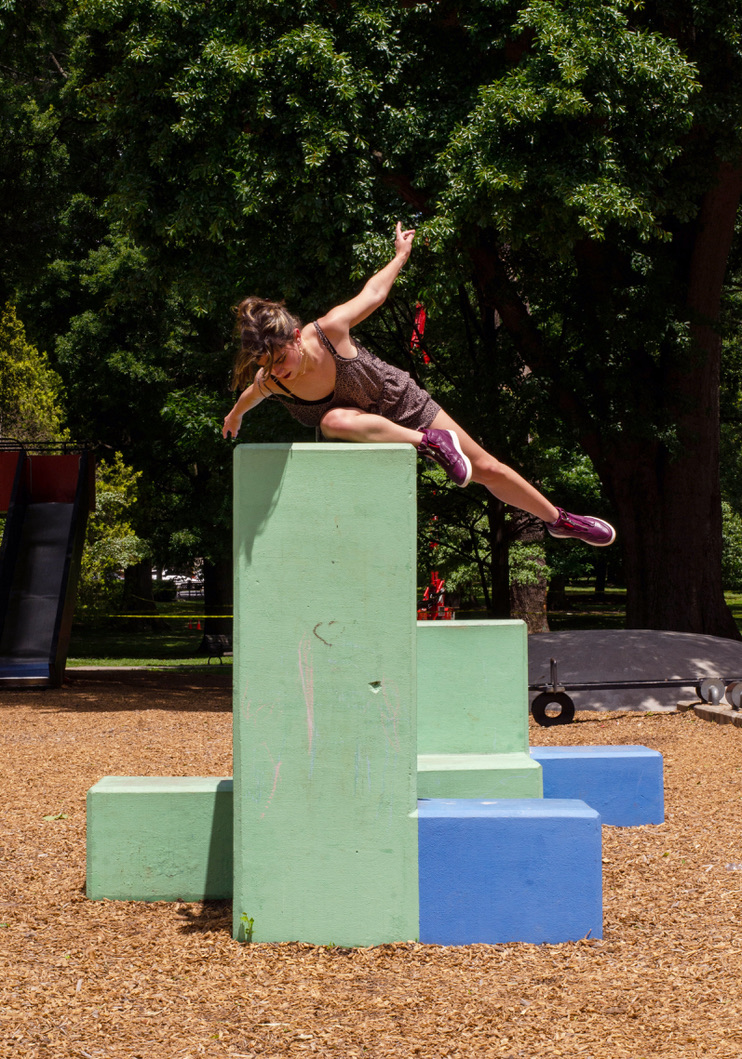So much more than a pretty design.
When you think of someone with tattoos, you probably don’t think of me. I am studying dance, primarily ballet, at a large southern university. I care A LOT about my grades and I have homebody tendencies. I love cheesy 80’s movies, I regularly carry around a Yoda notebook and I’m the worst at making jokes, but you better believe I make them anyway. I’ve never really pushed the envelope and the title “Wild Child” would not be equated to me. The most rebellious thing I’ve probably ever done is wear high top converse while everyone else wore low top converse in middle school.
Adversely, when you think of someone with tattoos you probably think of leather cuts, motorcycles, extensive piercings and impressive facial hair. Let’s be honest here, you’re probably a little afraid of people with tattoos.
Obviously, that’s not me.
There’s a social stigma surrounding body art that is undeniable. When we think of tattoos we think of rebels, outsiders, people who want to say “F the system”. Tattoos are seen as unprofessional in many settings and it’s not unheard of for people to be discriminated against in the job market if they have ink, especially if they can’t cover it. Women with ink are told they’d be more beautiful if they hadn’t “done that to their body”.
Some religions and cultures advise so heavily against tattoos and body modifications that there are laws against it. In Jewish tradition you can not be buried in many Jewish cemeteries if you have tattoos and extensive piercings. These body modifications are seen as disrespect to the body your soul inhabits. Teachings argue that we are created in God’s image, and his/her image should not be altered in any way and should be highly respected.
So clearly my choice to get tattooed was not exactly met with reassurance and support. My parents were concerned. They told me that a tattoo was a big commitment, and people like me don’t get them. They reinforced the stigma, and I couldn’t be upset because I knew it’s just what they grew up with. I tried to articulate that I see tattoos as art, it’s an external extension of what is on my inside. I would feel more like the person I wanted to be with tattoos. I can’t say that my parents and I ever argued about it, but we did go back and forth for about 2 years. Every time I would propose an idea my dad would point out something about it he knew I wouldn’t like. I changed the concept for my tattoo so many times I’m not even sure if I remember the original idea. I think one of the turning points for getting my parents relatively on board was an article my mom found in a magazine. It was about tattoos in the Jewish community, and how they aren’t as taboo as they used to be. In its own words the article noted that a tattoo is important to its wearer, and that is what gives it validity.
When I walked into the parlor on New Years Day 2015, I didn’t quite know what I was going to get. But when I walked out it felt I’d known all along.
My first tattoo was simple, beautiful, and unique. It was created for me and I wear it so proudly. It si gnifies my ongoing battle with internal demons, and how there is beauty in struggle. For years I’ve been at war with forces I can’t articulate. My weapons were pen and paper, movement and often faltering determination. My first tattoo became not only my armor but a hidden reminder that my struggle shapes me, but it does not define me.
gnifies my ongoing battle with internal demons, and how there is beauty in struggle. For years I’ve been at war with forces I can’t articulate. My weapons were pen and paper, movement and often faltering determination. My first tattoo became not only my armor but a hidden reminder that my struggle shapes me, but it does not define me.
My second tattoo came a little over a year and a half later, but with as much determination and impulsion as my first. I knew what I thought I wanted, but when I walked out of the parlor I had so much more.
I wouldn’t say I’m a particularly religious person, but I deeply value the religion and culture I have grown up with and still honor with today. My second tattoo is a nod not just to a culture I identify with spiritually, but also with the rich lessons and memories it has provided me with. The way I’ve been taught, a Hamsa is the hand of God, and with the Evil Eye, it is designed to protect you from evil spirits. For years I have seen hamsas and evil eyes in jewelry, artwork and even children’s crafts. For me, it represents family as much as it represents a cultural superstition.
My hamsa is a nod to my culture, my family, my identity that are all important to me. But at the same time, it maintains an ambiguity that I also value. 
By no means are tattoos for everyone. But for me, they
are an extension of myself. They’re meant to say the things I can’t always say out loud and remind me of the person I sometimes I forget I can be. My ink is determination, empowerment and honesty and they are as natural to me as the skin I was born in.


